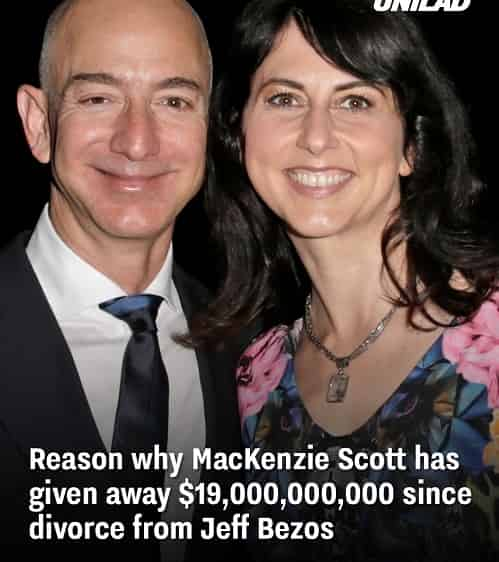Elon Musk’s Hyperloop: The Speed Demon That Will Revolutionize Transportation Forever!

Elon Musk, the visionary entrepreneur who has already shaken up industries like automotive and space exploration, is now on a mission to redefine transportation as we know it. His groundbreaking Hyperloop project promises speeds that will leave airplanes, bullet trains, and even your wildest imagination in the dust. With a promise to cut travel time between major cities like Los Angeles and San Francisco to just 35 minutes, Hyperloop is poised to become the ultimate game-changer in transportation.
**Hyperloop: Speed Beyond Your Wildest Dreams**
Let’s start with the jaw-dropping speed. The Hyperloop is designed to cruise at a blistering **760 mph**, making it **13 times faster than a Boeing 747** and **1.7 times faster than Japan’s famous Shinkansen E5 bullet train**. To put it simply, the Hyperloop is not just fast—it’s in a league of its own. While a Boeing 747 tops out at 614 mph on its best day, and the Shinkansen E5 hits a respectable 199 mph, Hyperloop blows past these figures like they’re standing still. Even when experimental bullet trains reach speeds of 275 mph, Hyperloop still leaves them in the dust.
But how does it achieve such unprecedented speed? The secret lies in its revolutionary design. Hyperloop capsules, or pods, glide through **low-pressure tubes** that minimize air resistance and friction. These pods float on **air cushions**, powered by advanced air bearings that eliminate surface contact and provide a buttery-smooth ride. Think of it like an air hockey puck, but on steroids.
**The Science Behind the Speed**
Hyperloop’s speed is no accident—it’s the result of cutting-edge technology. The pods are propelled by **linear accelerators** strategically placed along the tubes, giving them their forward thrust. The tubes themselves are made of steel, with an outer diameter of 2.3 meters and an inner diameter optimized at 2.2 meters to reduce drag. Mounted on towers spaced 30 meters apart, these elevated tubes are designed to withstand ground shifts, temperature changes, and even expansion from heat. Solar panels on top of the tubes generate enough energy to power the entire system, making Hyperloop not just fast but also environmentally friendly.
And then there’s the magic of **passive magnetic levitation (MagLev)**. Unlike traditional MagLev systems that require constant power, Hyperloop uses magnets on the pods that interact with aluminum rails, creating a cost-efficient and frictionless ride. This technology converts electrical energy directly into motion, allowing Hyperloop to hit those dizzying speeds while keeping energy use to a minimum.

**Affordable and Futuristic Travel**
Hyperloop isn’t just about speed—it’s also about affordability. With ticket prices estimated at just **$20 to $30**, Hyperloop offers a revolutionary alternative to long-haul travel. Imagine traveling from LA to San Francisco in 35 minutes for less than the cost of a dinner date. That’s not just a transportation upgrade—it’s a lifestyle revolution.
Hyperloop is designed to carry **28 passengers per pod**, with departures as frequent as every two minutes or even every 30 seconds during peak hours. And it’s not just people the system plans to move. A larger version of the Hyperloop is being developed to transport **three full-sized cars** at once. Imagine loading your SUV into a tube and having it arrive at your destination faster than a plane could get it there.
**Safety and Sustainability: The Hyperloop Advantage**
One of the biggest questions surrounding Hyperloop is safety. After all, traveling at 760 mph through a tube sounds like something out of a sci-fi movie. But Musk’s design has safety built into every aspect. The tubes are not full vacuum environments; instead, they maintain a **low-pressure atmosphere** that ensures passengers can breathe comfortably even in the unlikely event of a breakdown. The pods float on air bearings, eliminating friction and ensuring a smooth ride.
Hyperloop’s commitment to sustainability is equally impressive. Solar panels on top of the tubes generate enough energy to power the system, making it a **green transportation solution**. In fact, Hyperloop has the potential to reduce CO2 emissions by **58% compared to airplanes**, offering an eco-friendly alternative to traditional travel.
**A Transportation Revolution in the Making**
Since Musk first introduced the Hyperloop concept in 2012, the project has evolved from an ambitious idea into a tangible reality. In 2017, Virgin Hyperloop completed its first full-system test in a vacuum environment, achieving speeds of 69 mph in just 5.3 seconds and accelerating at 2Gs. By October 2020, Virgin Hyperloop made history again by successfully testing a passenger pod, proving that the system is not just fast but also safe for people.

Hyperloop’s potential goes far beyond passenger travel. The system is also being developed for **cargo transport**, offering a revolutionary solution for logistics. Imagine cutting delivery times from Los Angeles to San Francisco from 6–8 hours by truck to just **30 minutes** with Hyperloop. This isn’t just faster—it’s a game-changer for businesses, reducing storage costs and increasing efficiency.
**Economic Impact and Market Potential**
Hyperloop isn’t just a transportation system—it’s an economic powerhouse. Early estimates show that building Hyperloop routes will cost a fraction of what it takes to build high-speed rail systems. For example, while California’s High-Speed Rail costs **$178 million per mile**, Hyperloop is estimated to cost just **$20 million per mile**. The total capital cost for a major Hyperloop route, like LA to San Francisco, is projected to be around **$16.8 billion**, including infrastructure and technology development.
Investors are already predicting that Hyperloop could break even within 8–10 years, with a market value of **$15 billion** by the end of the decade. With an annual growth rate of **30.3%**, Hyperloop is not just a transportation innovation—it’s a financial juggernaut.
**The Future Is Hyperloop**
Elon Musk’s Hyperloop is more than just a futuristic dream—it’s a transportation revolution waiting to happen. By 2030, Musk envisions Hyperloop as a fully operational system, zipping passengers and cargo across the country at speeds that make airplanes look sluggish. With its unmatched speed, affordability, and sustainability, Hyperloop is set to redefine how we think about travel.
So, are you ready to board the train of the future? Hyperloop promises to make high-speed rail and air travel look like relics of the past. Whether it’s for commuting, vacationing, or shipping goods, Hyperloop is the golden ticket to a faster, greener, and more connected world.
 Top Amazing Channel
Top Amazing Channel


